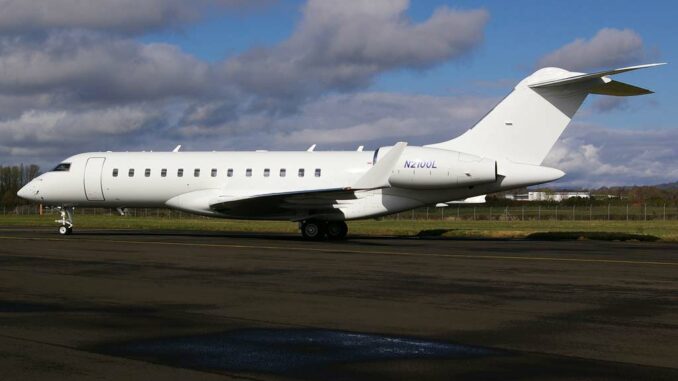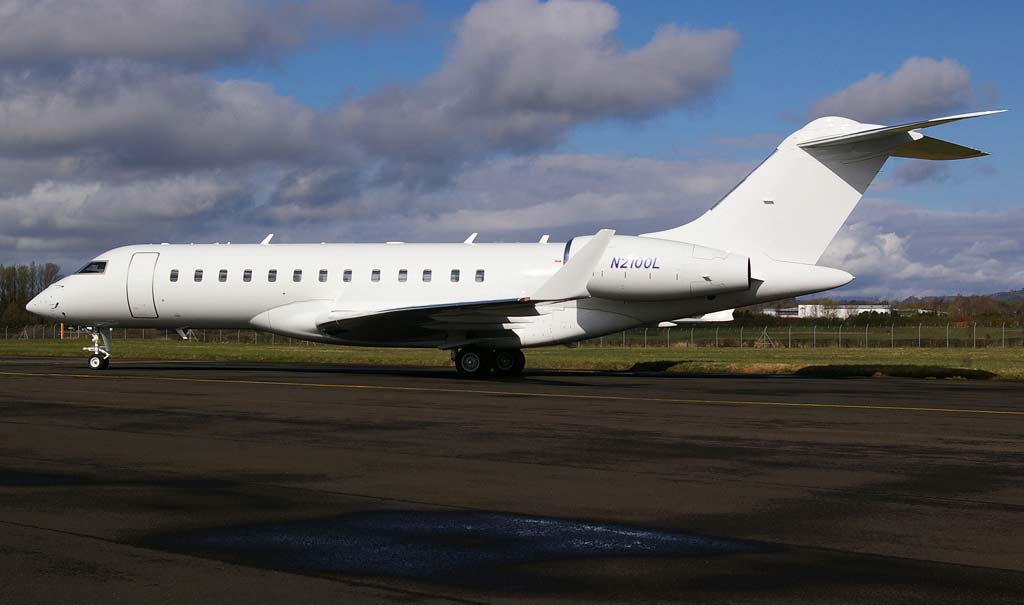
The US Army plans to modernize its ISR fleet with the HADES system, using high-speed jets for reconnaissance missions.
Introduction to the US Army’s ISR modernization program
The U.S. Army plans to transform its fleet of fixed-wing Intelligence, Surveillance and Reconnaissance (ISR) aircraft by integrating the High Accuracy Detection and Exploitation System (HADES). This ambitious program will replace around 70 aircraft with highly capable business jets, marking a major turning point in the army’s surveillance and reconnaissance strategy. The selection of the team that will integrate the sensors on the jet is scheduled for the summer, with operational commissioning envisaged later. This article analyzes the technical specifics, potential benefits and challenges of the HADES program.
Technological choices and partnerships
For this program, the French Army has chosen the Bombardier Global 6500 as its aerial platform. The decision to rely on a business jet for an ISR mission illustrates an evolution in the design of surveillance aircraft, emphasizing speed and high altitude. The initial contract with Bombardier, signed in December, includes the option to acquire two additional jets. The competition for sensor integration is dominated by key players such as L3Harris Technologies, MAG Aerospace, Leidos and Sierra Nevada Corp, underlining the importance of collaboration between the military and industry for the success of this project.

Benefits of modernization with HADES
Integrating HADES into high-performance jets enables the army to meet the demands of modern missions, which require fast, accurate detection and exploitation capabilities. Using jets like the Global 6500, capable of flying farther, faster and higher, is crucial in the face of contemporary threats such as the rise of China. This choice also represents a potential cost saving, since the use of modified civil jets can reduce costs compared to military-specific aircraft developments.
Implications and challenges of HADES deployment
Deploying HADES is not without its challenges. Managing the huge volumes of data collected by advanced sensors requires innovations in intelligence processing, exploitation and dissemination. In addition, the transition to an entirely new fleet requires the army to guarantee the reliability and operational efficiency of these aircraft in hostile environments. The projected timetable, with full sensory integration within 18 months of team selection, highlights the high expectations and time pressure for operational deployment.
The future of Army aerial reconnaissance
With the implementation of the HADES program, the U.S. Army is positioning itself at the cutting edge of ISR technology, armed to face future strategic challenges. However, making this transition a success will require close collaboration with the defense industry and rigorous attention to technical and operational details. The success of HADES could not only improve the U.S. military’s surveillance and reconnaissance capability, but also redefine the standard for modern military operations worldwide. Evaluation and adaptation will continue to play a crucial role as the military strives to maintain a technological edge in a rapidly changing security landscape.
War Wings Daily is an independant magazine.